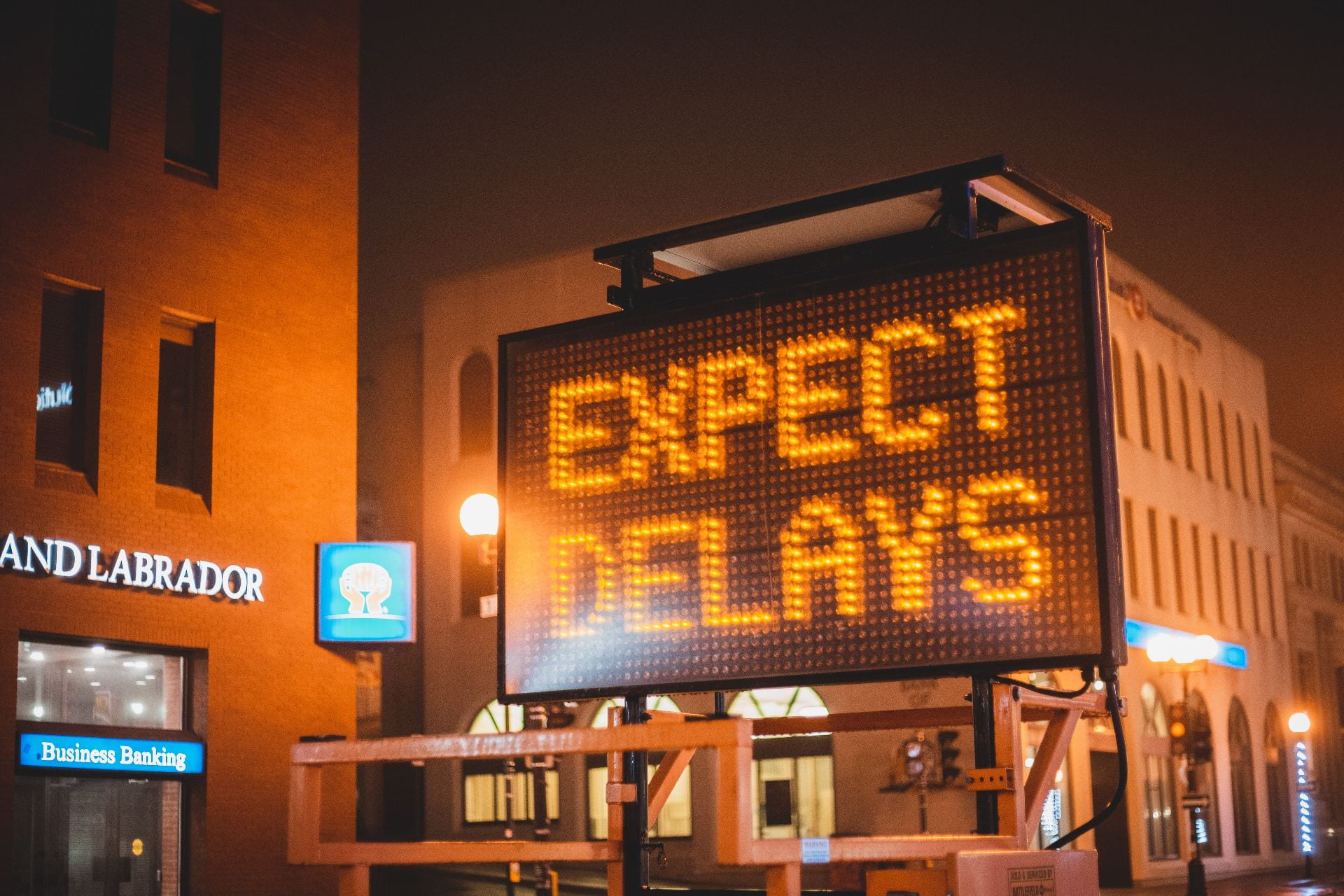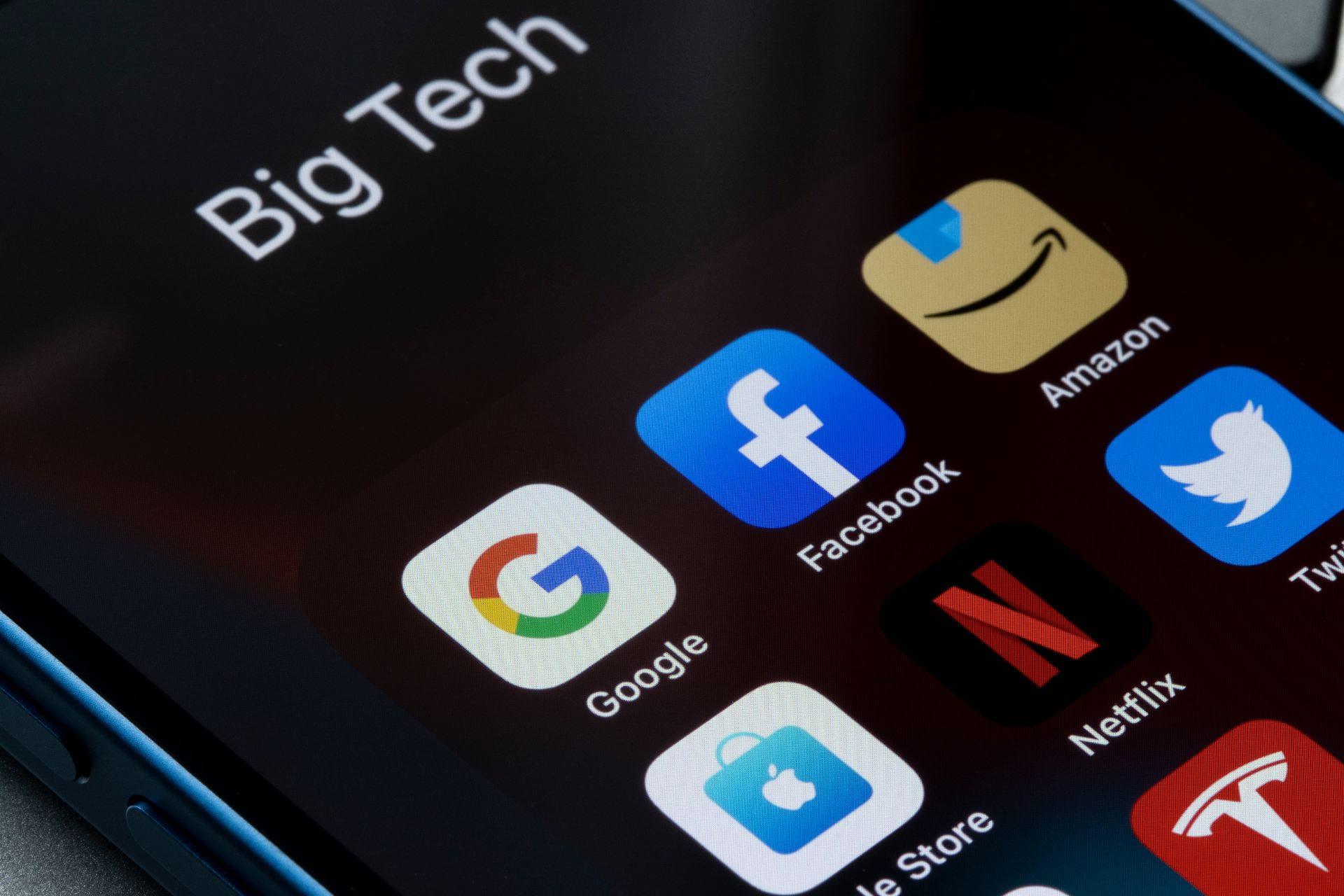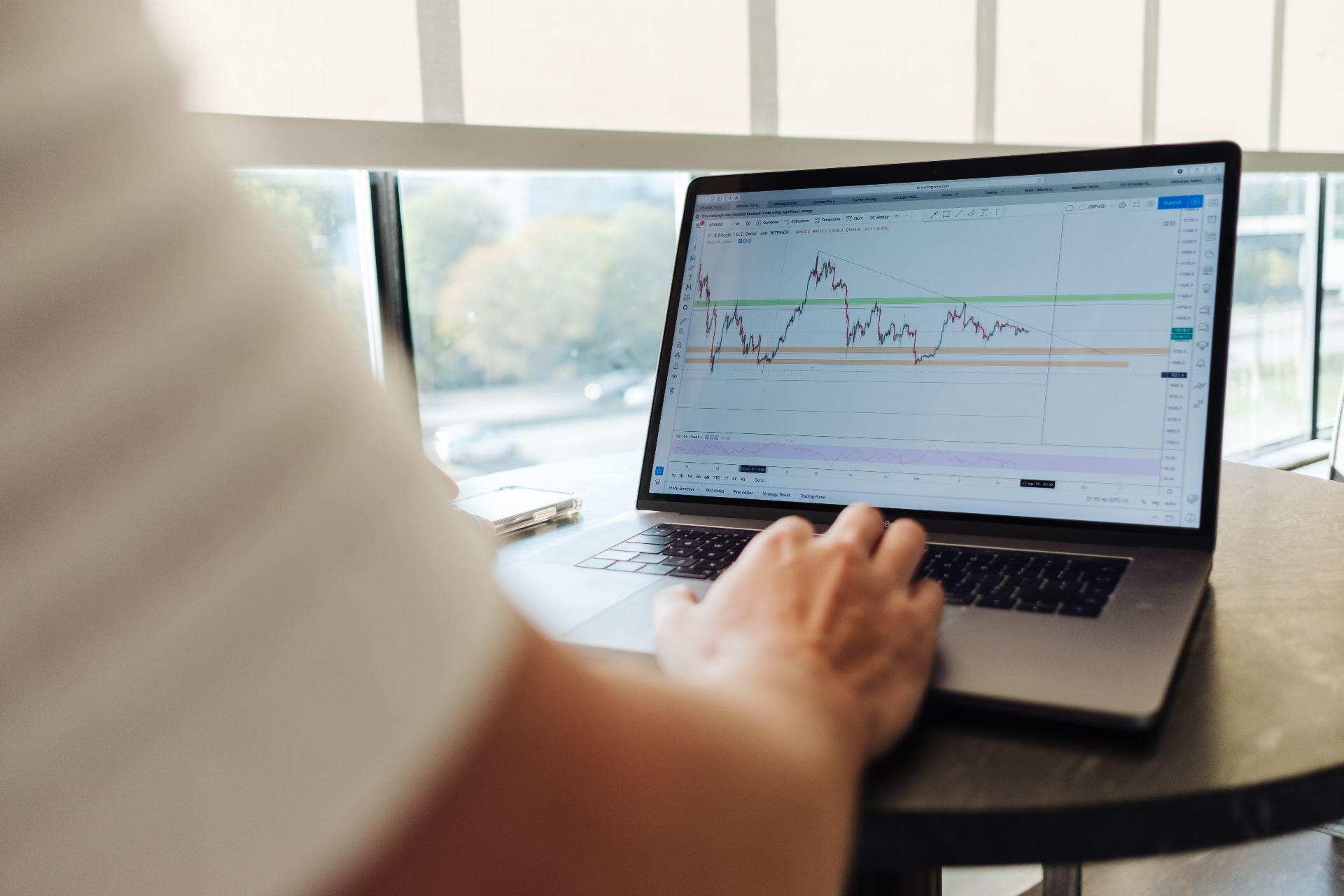Managing congestion in services has always been challenging. With customers flipping the script on their modus operandi at work and home, these challenges are magnified through the competition between Netflix, Amazon, and Hulu in entertainment streaming services. In new research by ITOM Professor Sreekumar Bhaskaran of SMU Cox and co-authors, they re-think the congestion challenge and offer a new perspective about the traditional approaches of using the levers of price and quality. Rather than solely using higher prices to reduce traffic, the authors offer more nuance with the idea of “consumption control.” Their insights provide valuable guidance to firms in different industries about planning capacity and pricing decisions.
Americans spend roughly 37 billion hours per year waiting in line, which is on average 2-3 years of their lifetime, Bhaskaran noted. So, how do you manage this congestion? “Congestion happens in many settings, whether it’s in the physical or digital services world,” says Bhaskaran. “There is traffic congestion, long lines in theme parks and museums, and dropped calls due to limited network bandwidth—problems that have been studied considerably.” In academia, the problem of congestion is widely understood and most conclude that “admission control” through price increases is an important solution. By charging a higher price, demand can be reduced. This is the rationale behind Disney charging higher prices at peak times or airline pricing during holidays.
Mental accounting’s role
“We thought about the lever of price for congestion and it rings true, but is it the whole story?” Bhaskaran and his co-authors Sanjiv Erat and Rajiv Mukherjee wondered. For example, say you buy a 10 GB data plan during a vacation, and on the last day, you still have 5 GB left. Would you be willing to download an on-demand movie to use the remaining data? Rational economic models would argue no; the data is a sunk cost. Bhaskaran further explains, “In reality, consumers feel if the data is not used, they are wasting the $5 that they paid for it. This is the theory of mental accounting, which impacts how consumers make decisions.”
The first-order effect of being charged a higher price is that some consumers may not purchase the service. Thus, demand is reduced and congestion potentially better controlled. But the second-order effect could sometimes be equally powerful, Bhaskaran says. “Think of a buffet: If I spend $50, then I’m going to try everything. But at $5, I’ll eat some, stop, and think that I’ve had the approximate value for what I spent. It’s inherent.” Increasing price may tempt people to consumer more. “This second-order effect coincidentally increases the demand for a service, and your congestion problem worsens,” Bhaskaran notes.
“Temporal separation” between purchase and consumption plays a role. Essentially, consumers first purchase a service, and consume it over time, like membership-based services at gyms or subscription plans for cell-phones. A sign of the times in e-commerce trends, Gartner, an authoritative research firm, predicts that by 2023 about 75% of organizations selling directly to consumers will offer subscription services.
The authors provide evidence that consumers’ “mental accounts” lead to consumption choices such that charging a higher access price results in higher levels of consumption. However, the same higher price also induces these consumers to consume more of the service, increasing the overall requirements of the system. “This shows a consumption control effect and the mental bias issue,” Bhaskaran suggests. “In some cases, you can use price as a lever —reducing price versus increasing it. But reducing price may not always be completely sufficient when trying to control consumption because of expenditures and capacity investments. You may want to throttle the quality. It’s about managing expectations. You don’t want to promise the sky.”
Clouds, streams and directing the flow of demand
ISP providers, streaming platforms and cellphone service providers that offer digital services manage surges in demand through different options, including limiting consumption as well as lowering quality through throttling. Similarly, in the competitive cloud services market, major players like Amazon’s AWS or Microsoft’s Azure use a combination of admission control (price) and consumption control (quality) to manage congestion.
The competitive market of streaming services also tells a similar story. Even though Amazon Prime and Netflix offer some common content, they also provide exclusive content like Netflix Originals and Amazon Originals. The industry is considered “moderately competitive with relatively soft capacity constraints.” Most streaming service providers rely on a cloud-based infrastructure to meet their capacity requirements, meaning that it is important to manage congestion costs imposed by customer demand. For these firms, admission control-based pricing strategies should increase overall consumption, and the platforms should be able tolerate it as well. On the Netflix platform, overall consumption of content has increased since its price increased from $8 in 2012 to $13 in 2019. Similar shifts in viewing patterns were not observed for Amazon Prime’s content, which bundles streaming services as an add-on benefit to Prime membership.
Managing congestion in other industries fits the strategy suggested by the authors. Gym owners expect only about 23% of people who buy memberships to use them consistently. The low usage patterns by members allows gyms to enroll 10 times as many members and not have congestion issues. Thus, the combination of high competition and hard physical capacity constraints make it optimal for gyms to pursue consumption control rather than admission control. In this case, a lower price point doesn’t deter memberships or stimulate usage.
The research highlights how pricing and quality strategies can minimize congestion and steer demand in the right way. Higher prices for offerings may backfire, Bhaskaran and coauthors conclude, as consumers try to get their money’s worth.
The paper “Getting Your Money’s Worth: Managing Congestion Through Admission Control vs. Consumption Control” by Information Technology and Operations Management Professor Sreekumar Bhaskaran of Southern Methodist University’s Cox School of Business, Sanjiv Erat of University of California-Davis and Rajiv Mukherjee of Texas A&M University is under review.
Written by Jennifer Warren.














